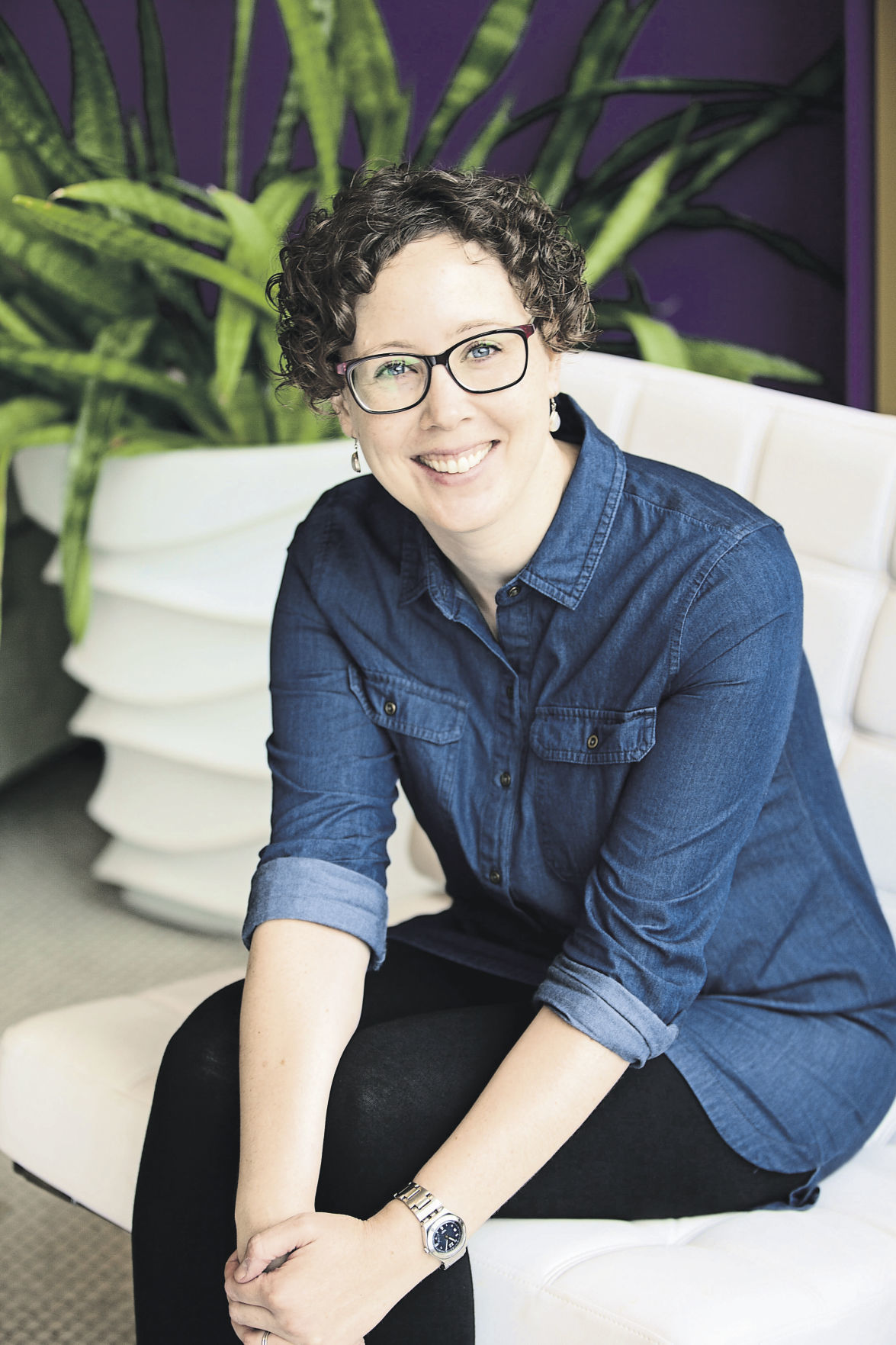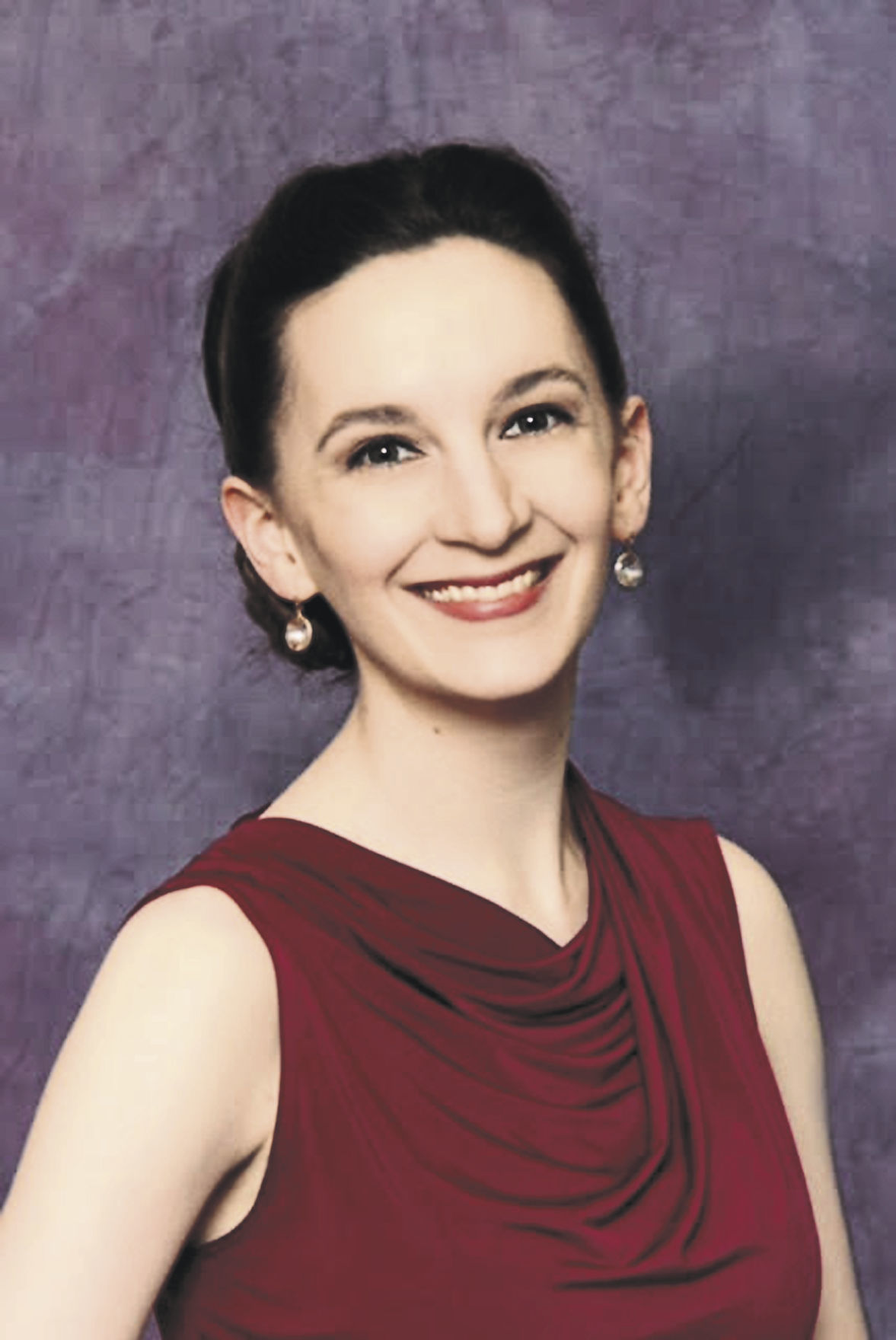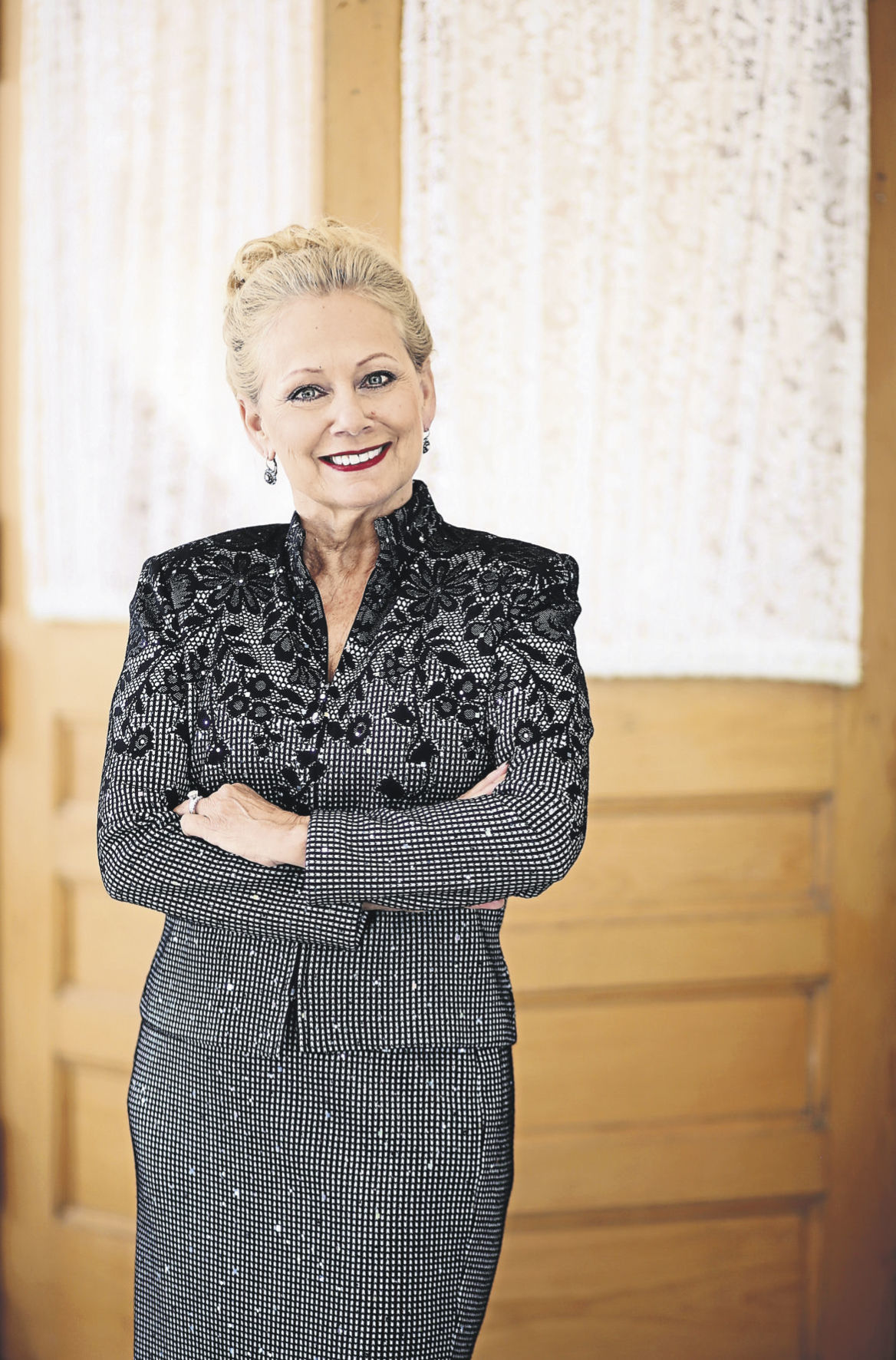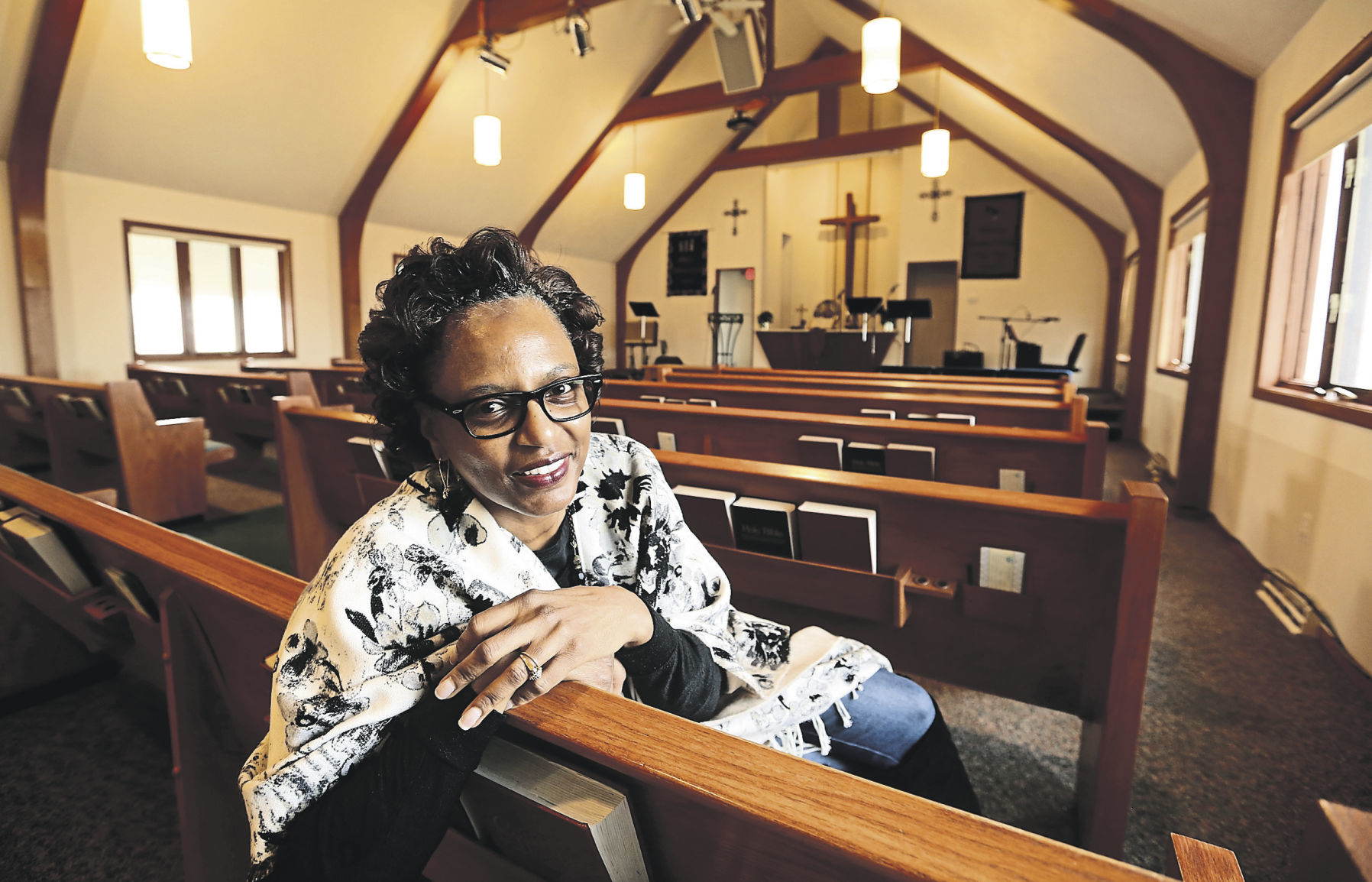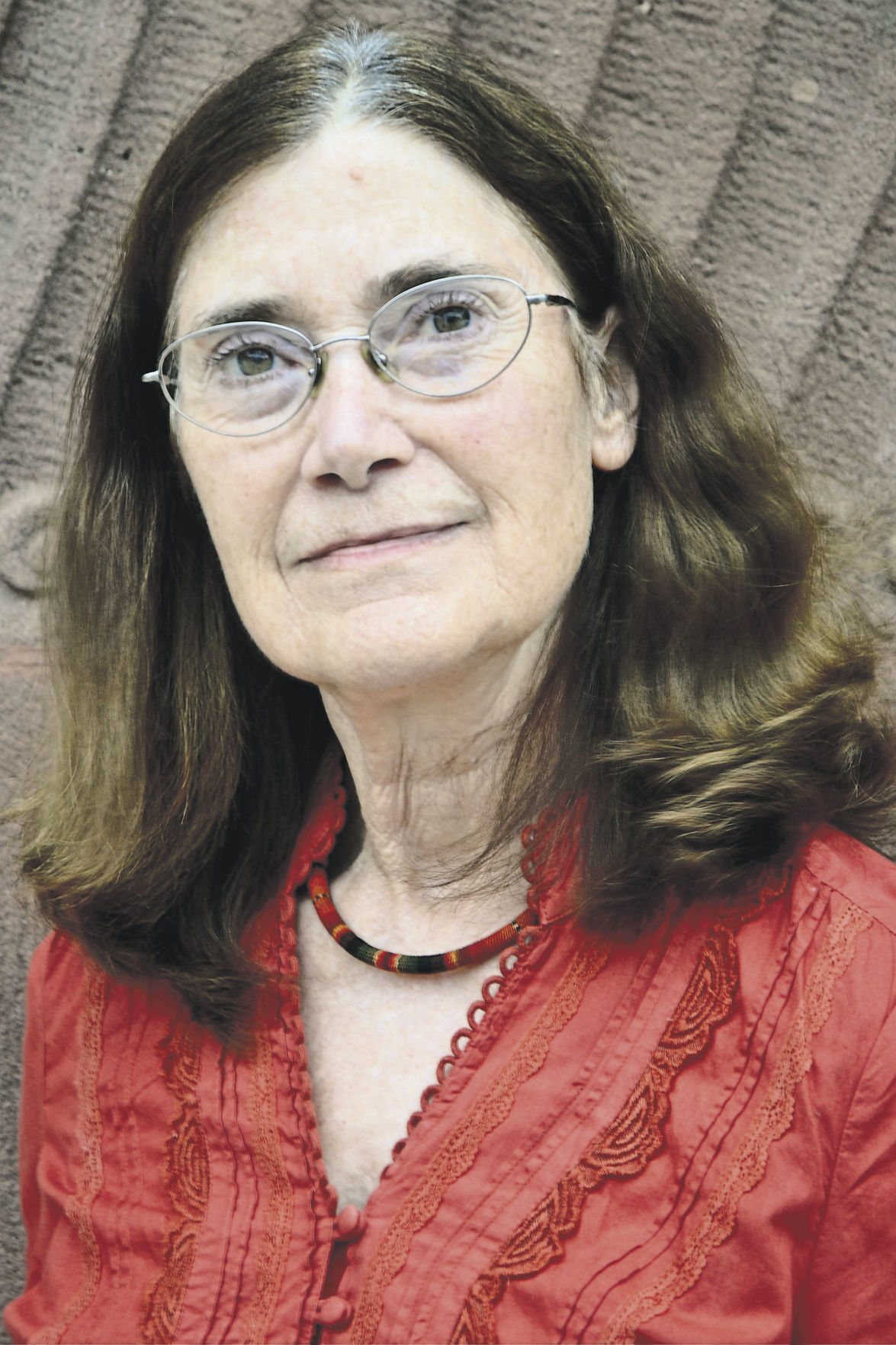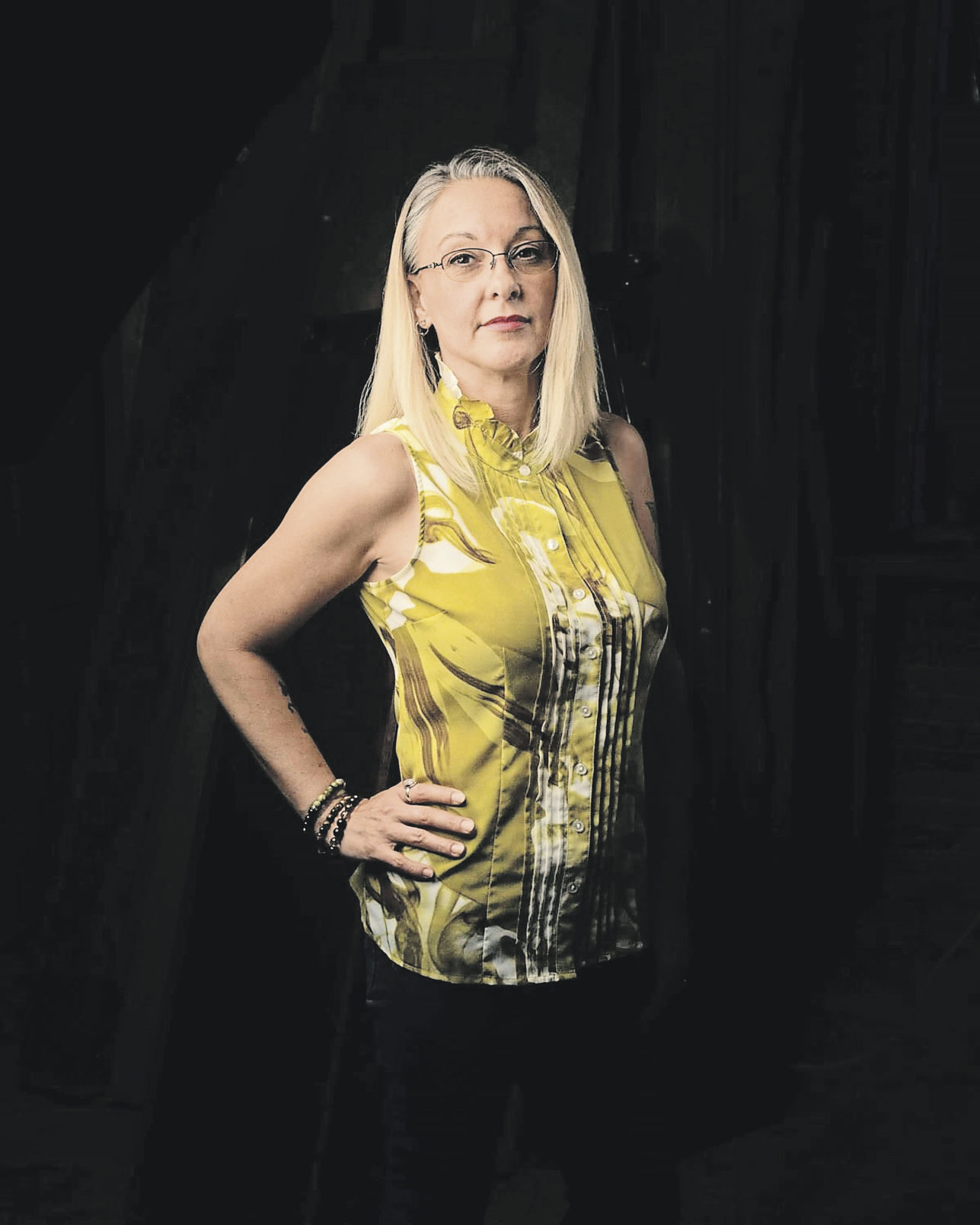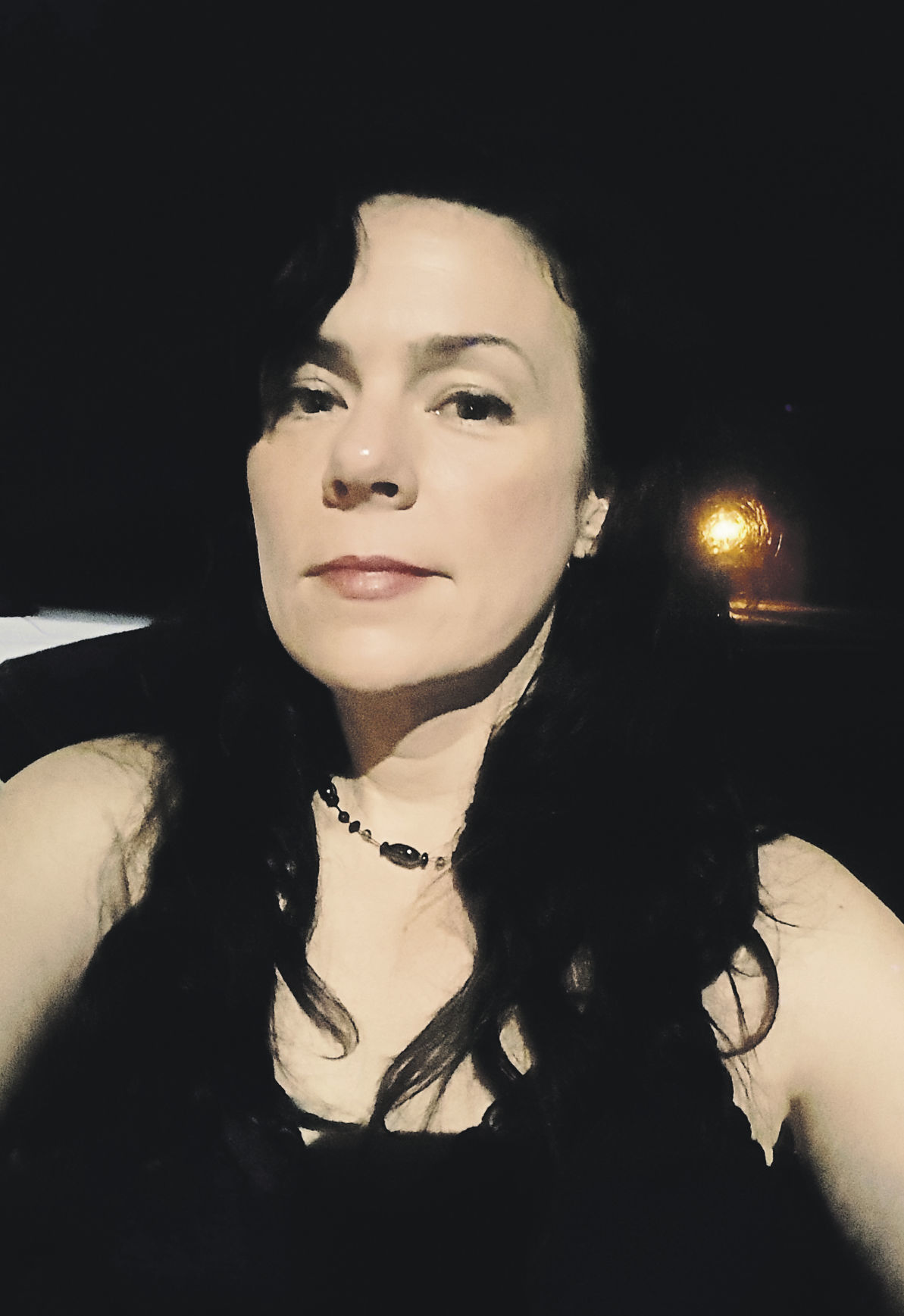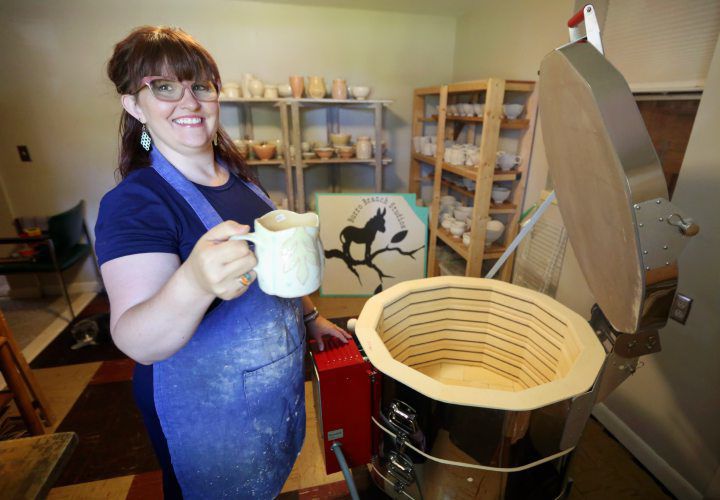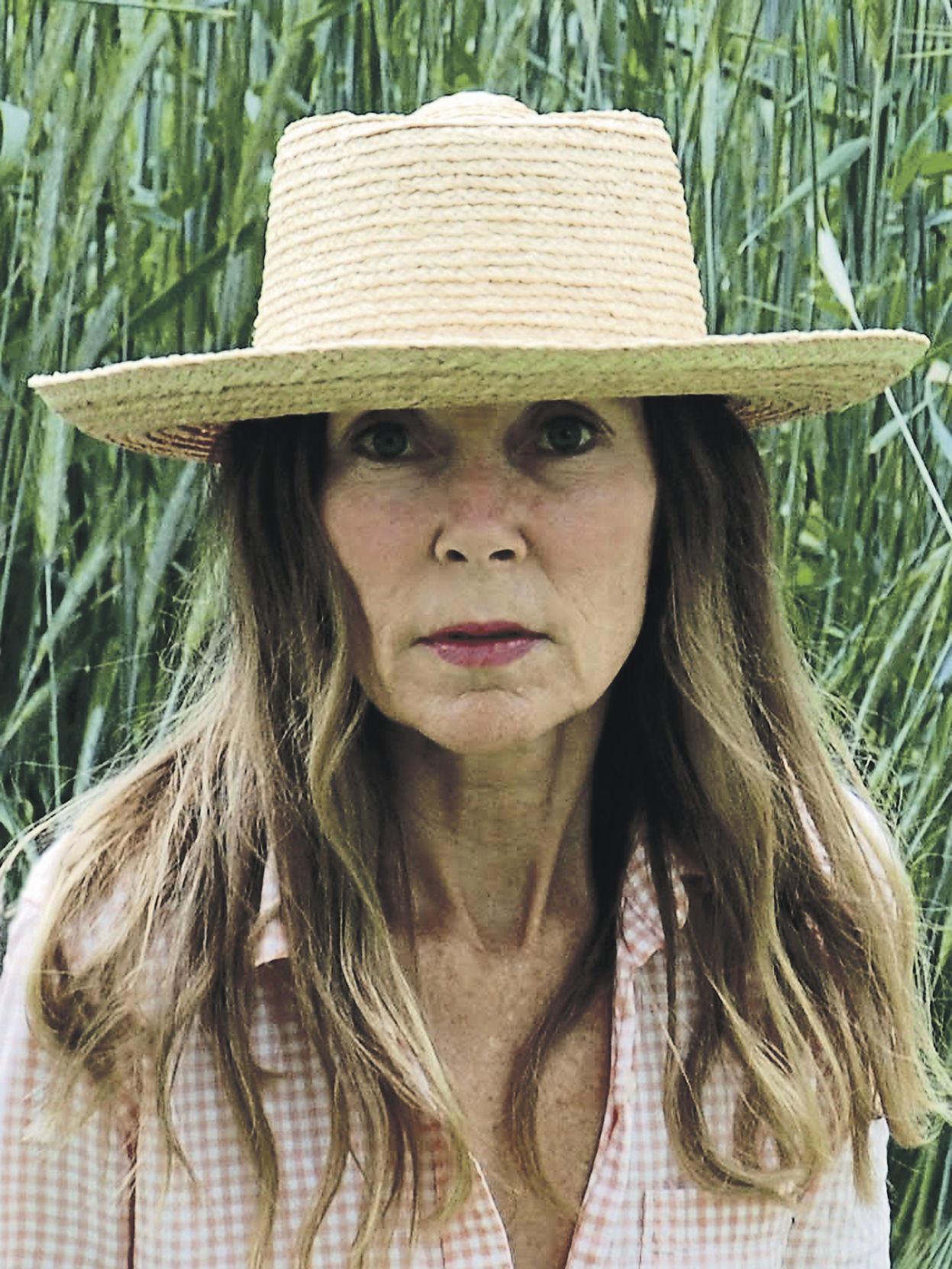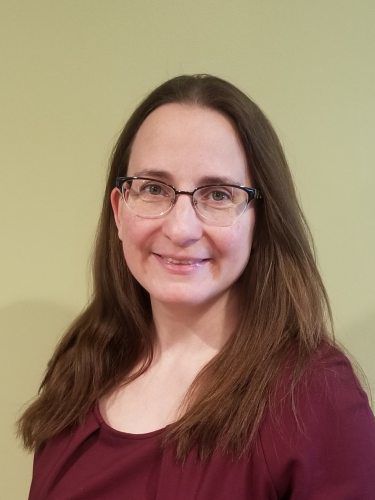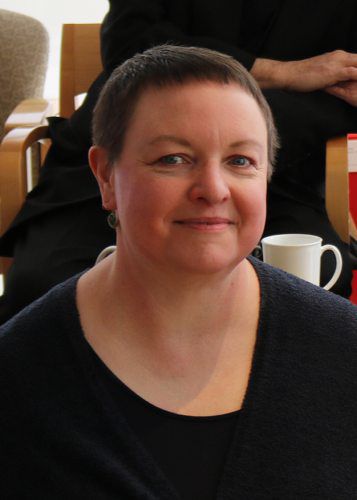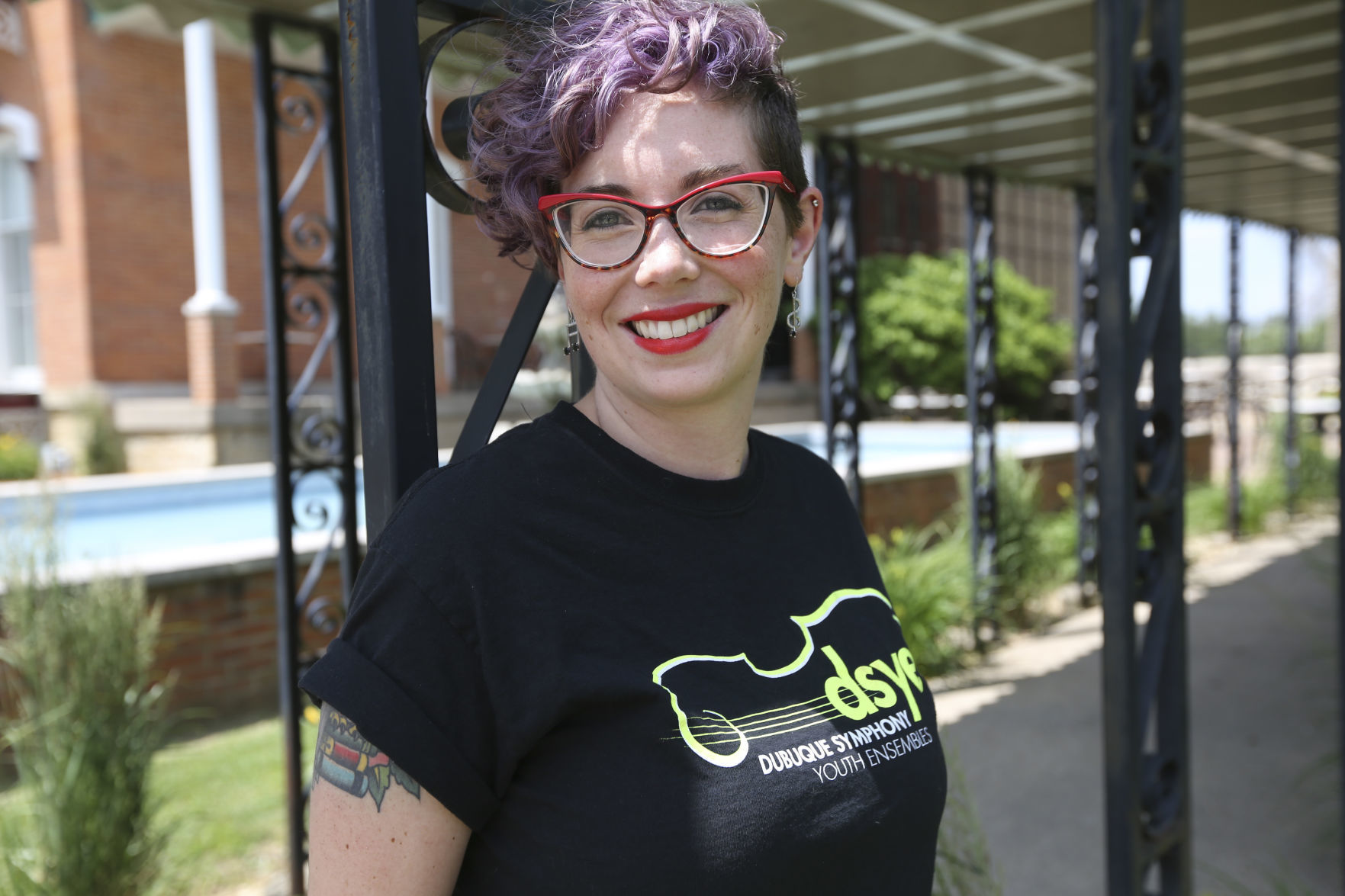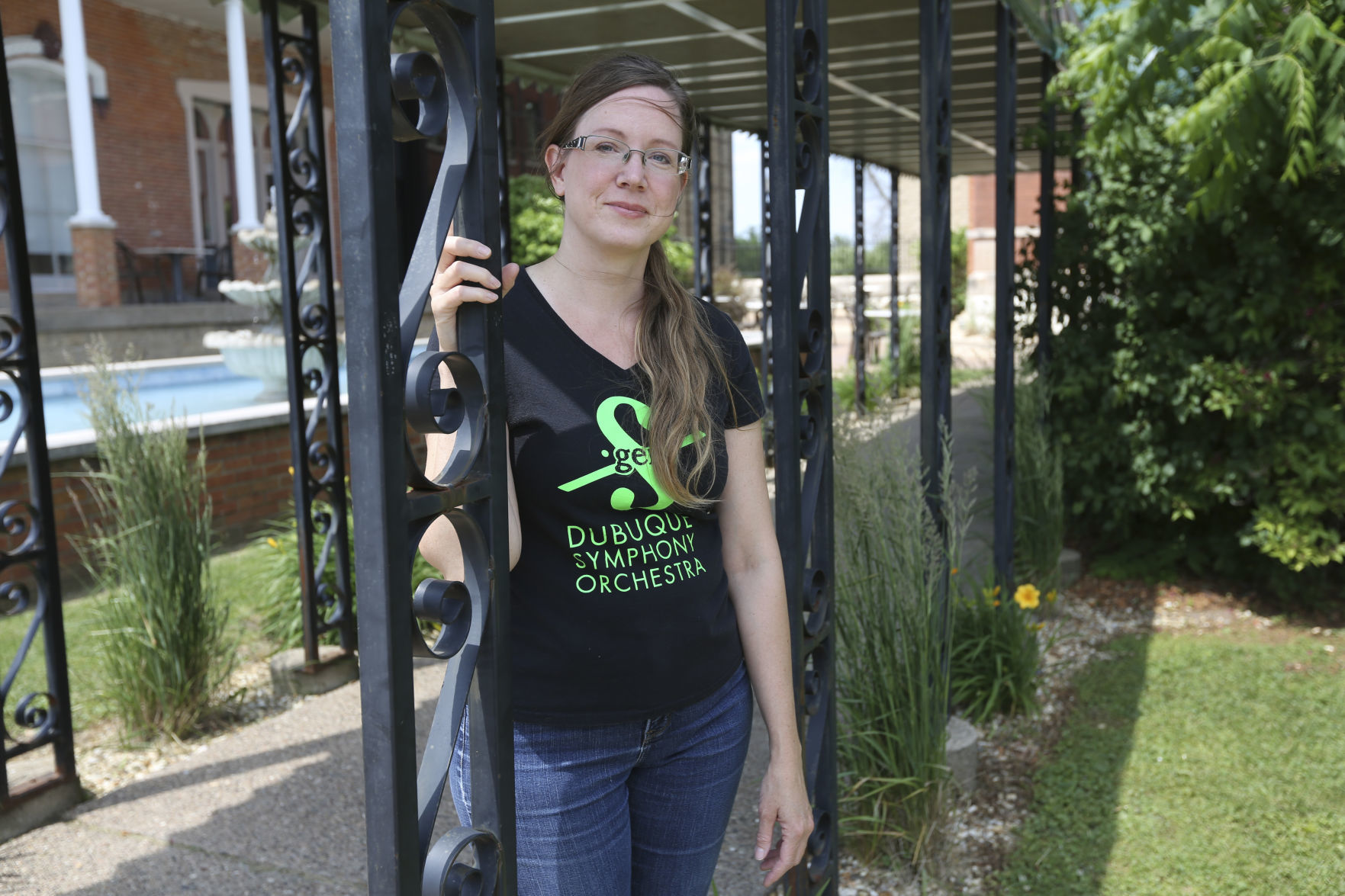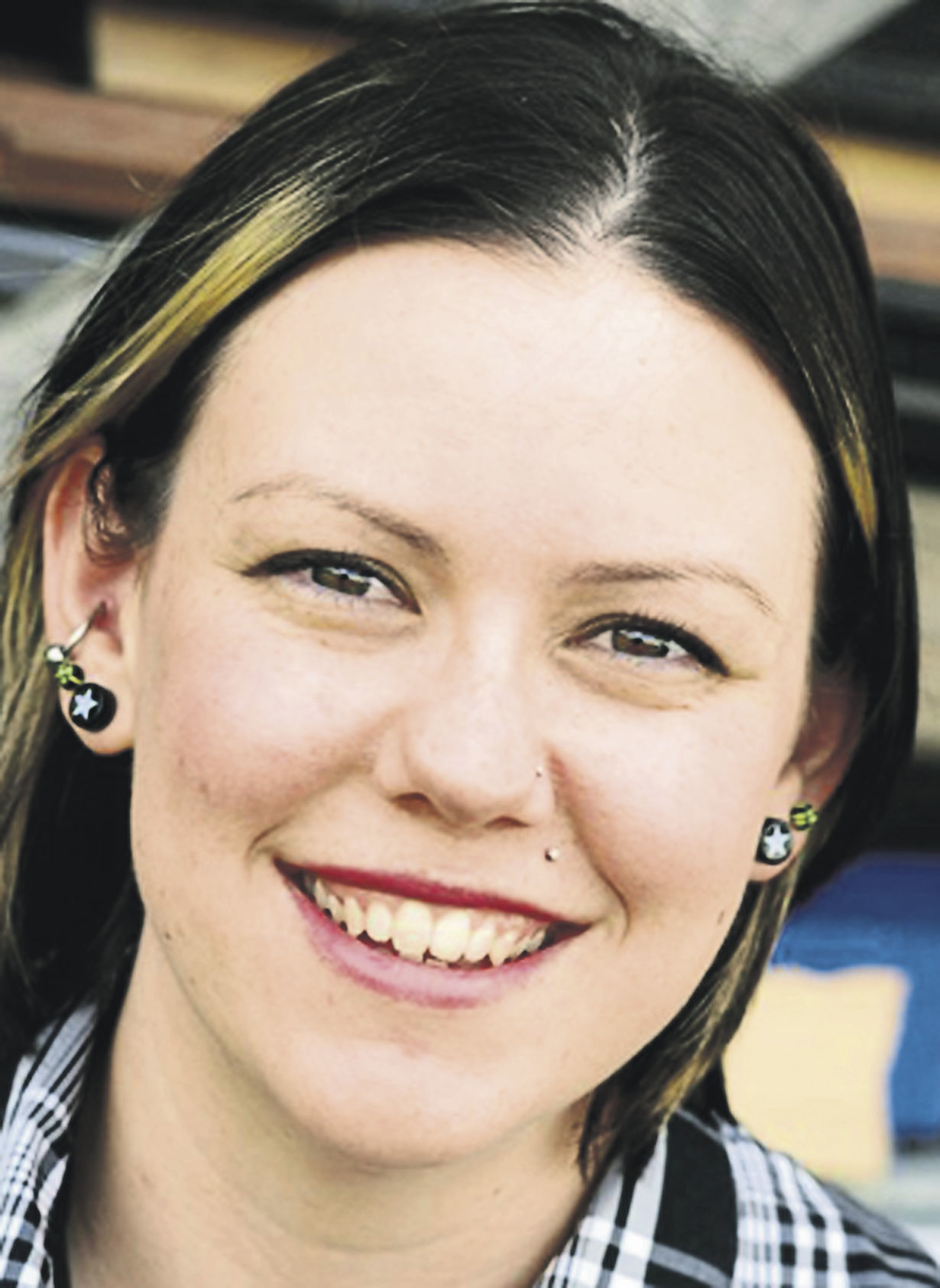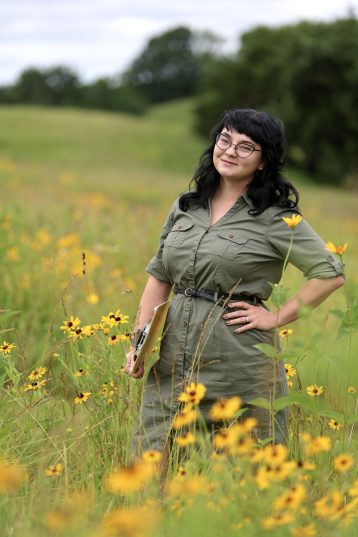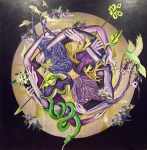In 1897, Russian author Leo Tolstoy published a then-radical treatise titled, “What is Art?”
The famous writer of novels such as “Anna Karenina” and “War and Peace” conceptualized art as anything that conveyed emotion. He rejected the aesthetic view of art as simply something beautiful and delved deep into the connections between art and audience: “Art begins when a man, with the purpose of communicating to other people a feeling he once experienced, calls it up again within himself and expresses it by certain external signs.”
You know that feeling you get when you view a piece of art or hear a piece music or attend a play? Joy or anger, a reminder of home or your past, sadness or empathy? Perhaps you’ve even laughed out loud or shed some tears. That, said Tolstoy, is art.
The definition of art remains a subjective one, but it seems that Tolstoy was on the right track.
We talked to several area women in the arts, including a painter, a musician, an architect, a 3D artist, a choreographer, actors and directors, a graphic designer and administrators who work behind the scenes in the tri-states’ art community. We asked them to tell us about their artistic journey and to answer this deceptively simple question: What is art?
Christina Monk
Architect/Principal at FEH Design
Iowa State University, Bachelor of Arts in architecture. Managed the E.B. Lyons Interpretive Center expansion at Mines of Spain State Recreation Area. Worked on Dubuque Hempstead High School’s addition and renovation projects and the Schreiner Memorial Library in Lancaster, Wis.
“Art is an expression of emotion that can be conveyed through a variety of mediums.
“Personally, architecture as art is where I create things that function and instill them with something more. It is imperative that I create spaces that provide functionality while also being memorable.”
Megan MacLeod
Choreographer/Dancer/Teacher, Academy of Ballet, Dubuque City Youth Ballet and Heartland Ballet
Studied at the Academy of Ballet under Marina O’Rourke and Tanya Bechenova. University of Iowa, Bachelor of Fine Arts in dance.
“Art is expression plus communication. The act of creating is in every human being, whether you express it through baking, spreadsheets or ballet. Art is not for the elite — it’s for everyone. It’s humble, dirty and sweaty. It’s elevating. It’s for you.”
Marina O’Rourke
Director of the Academy of Ballet, the Dubuque City Youth Ballet and Heartland Ballet
Oklahoma University, Bachelor of Arts in ballet pedagogue. Daughter of ballerina Tatiana Bechenova, founder of the Academy of Ballet. Trained at the Academy of Ballet and continued her studies in Chicago, Kansas City and Minneapolis. Studied at the International School of Ballet in Cannes, France. Served as a consultant to the Iowa Arts Council. Served as an artist-in-residence for the Dubuque Arts Council. Served two terms as a city commissioner for the Arts and Cultural Affairs Advisory Commission.
“Art is heightened communication. All art seeks to communicate the human experience through a vast array of forms: Dance, poetry, music, etc. Each form chooses from its media — movement, words, notes — the best means to communicate the artist’s intention.
“As a dancer, I will always seek the wisdom, beauty and timeless appeal of the classics: “Swan Lake,” “Giselle,” “Sleeping Beauty,” “Cinderella” and, of course, “The Nutcracker.” But as an artist with a strong Russian background, “Petroushka” and “Firebird” have become career highlights.”
Peggy Jackson
Actress/Playwright/Producer/Director
Mississippi Gulf Coast Jr. College, Associate Arts degree in fashion merchandise and interior design. Indiana Wesleyan, Bachelor of Science in business administration. Fifteen years as playwright/producer/director, “A Walk Through Black History,” Dubuque First Baptist Church. Actress/Director/Producer, Fly-By-Night Productions.
“Art is about expression. It is a way to express your thoughts and imagination. It enables us to tell stories about the past and the future, and it can also define and communicate who we are as people.”
Carole Sullivan
Executive Director, Galena (Ill.) Center for the Arts
Northwestern University, Bachelor of Arts in theater, with minor in music and English; Master of Arts in performance studies. Wrote “Blessings to Share,” a musical play, with mentor Leslie Gilkey.
“To me, the definition of ‘art’ is very broad. If you are participating in, or listening to or viewing something that transports you, then that may well have been art. Does it move you? Does it make you think? Perhaps makes you laugh, or cry or determine to be a better you?
“Art has the ability to transform and to heal, which is why it is so important right now. Artists are the ones who can help us make sense of this world, whether through music that raises us up, energizes us, or allows us to meditate, or lyrics and play scripts that invite us to have empathy with other lives and situations, and be able to consider a bigger world than we personally inhabit or visual arts that can stop us in our tracks. I enjoy participating in art, but also feel that those who are listening or viewing are also participating. Art is a way for us to find and share our humanity with others, and to try to leave the world a better place than we found it.”
Kristina Beytien
Owner, Upcycle Dubuque and 3D artist
Followed mother and step-father into the artistic field. Stepfather Gary Sutton was a professor of photography at the Kansas City (Mo.) Art Institute. Spent youth at art openings, art museums and the Art Institute.
“Art is everything. It is everything that surrounds us. Art is life.
“Art is two things for me: One is very personal because it helps me work through past trauma. I don’t readily share what moves me to make certain pieces. This is a deeply personal process. But as a business owner, art should be shared, supported and valued. A community is often rated on how well or how poorly art is supported. Local artists accurately reflect what our community feels, thinks, does, is. A corporation that mass produces can never reflect the positive movement within a community.”
Maureen Kilgore
Singer and songwriter
Studied music at Luther College in Decorah, Iowa. Classical background. Plays guitar and piano. Composes music and lyrics. Has performed with the Dubuque Symphony Orchestra for its Ultimate Rock Hits performances.
“I would define art as the fruit of a labor whose seed is inspiration. Inspiration is something that connects us to our soul or perhaps the universal soul. As mythology can help us to connect to our shared human psychological processes, art connects us to our soul, and the feeling of that connection helps us to transcend our everyday challenges.
“Art has helped me cope with the challenges of life. I have grown to understand the power of inspiration to connect to the universal and have sought to honor that. I do attempt to give voice to more than just myself when writing. The experiences I draw from, however, are deeply personal.”
Jenni Petersen-Brant
Arts and Cultural Affairs Coordinator, City of Dubuque/Artist in clay, glass mosaic and printmaking
University of Wisconsin-Whitewater, Bachelor of Fine Arts in ceramics. University of Nebraska-Lincoln, Master of Fine Arts, Hixson-Lied Scholar. Education Director for LUX Center for the Arts. Executive Director of the Kimmel Harding Nelson Center for the Arts artist residency program. Co-chaired Nebraska City’s community-wide Enchanted Arboretum public art project. Co-director of ArtHaus in Decorah, Iowa. Coach for ArtsLab. Marketing Director for Chatfield (Minn.) Center for the Arts. Recognized, along with husband, Eric, with a Governor’s Arts award for their work with ArtHaus.
“Art is much bigger than a painting, a sculpture, a play, a dance performance, a concert or a poetry reading. Art is a means for people to express their experiences, their joys and their sorrows. Art helps us communicate with each other how we see and experience the world, and art sheds light on the ways we need to do better by one another.
“Creating art — making things with our hands, our voices and our hearts — is an innate act that connects us all despite our differences. I also define art as the drive to make things better and more enjoyable, not only for yourself but for the community around you. Art is a tool for creating community, bridging divides and inspiring a sense of belonging and hope.
“It is important to me that I share my art. The pottery that I create is meant to make even the most repetitive parts of a day, like having a cup of morning coffee, just a little more special and inspire a touch of extra mindfulness. I thoroughly enjoy the solitary act of making the work in my home studio, but the pieces are not complete until they find a new home and add to the beauty of someone’s everyday experience.
“The act of making art, of being creative or even just experiencing art is proven to improve brain health. When you make art, it doesn’t have to be made with skilled hands to be valid. Creating, whether it is in cooking a meal from scratch, applying paint to a canvas, reading lines on the stage or dancing in our living room, lets us express our emotions, deal with trauma and communicate ideas. It can help us work through things we don’t otherwise know how to deal with.”
Lisa Towers
Oil painter and teacher
Majored in motion picture production and photojournalism. Senior project film won national awards. Studied photography for more than 40 years. Began studying painting when a move took her away from the film industry. Studied with classical realist painters David Leffell and Greg Kreutz, regional painter Thomas Hart Benton and portrait painter Michael Shane Neal. Exhibited nationally with Oil Painters of America and the Salmagundi Art Club in New York City.
“Art is the expression of the creative spirit. Art, or the creative impulse, is like a restless animal inside of me that needs to get out.
“Benton taught that the artist owes it to society to paint about time and place so that art becomes a record in history and the artist is the historian. I agree with this, but over time, it has become less important for me to share my art. I have distilled the effects of commercialization down through the years enough to understand its deleterious effects on the soul of my work. Art is definitely a personal endeavor to me. I share because I have to, to stay in the game. I no longer rely on selling my work, but rather on teaching art as a career.”
Katherine Schroeder
Marketing and Engagement Manager, Dubuque Museum of Art
Clarke University, Bachelor of Arts in drama/speech and business administration. Clarke University, Master of Business Administration and Management. Arts administrator for more than 15 years.
“Art is the creative process of our human existence. The response might be a painting or sculpture, a poem, a song, a dance or a production of a play. There is no one way to make art.
“Art is an absolutely essential part of who I am and what I do. I connect people with art whenever I can. Art and its creative response help us cope, learn and grow as human beings. It doesn’t matter if you share your art or make it just for yourself. Just get your ‘art on’ and life gets a whole lot richer.”
Margaret Buhr
Director of Education, Dubuque Museum of Art
Studied art history at Clarke University and the University of Minnesota. At DuMA for 24 years. Continues to expand the DuMA partnership with schools and community organizations. Implemented “Second Saturday,” a free family arts and entertainment program, and “In the Mind’s Eye,” a program for individuals with memory loss and their care partners. Implemented and writes scripts for the museum’s “Famous Dead Artists” series.
“Art enables us to express the inexpressible. It communicates the depth and truths of our universal condition. It celebrates our diversity while showing us how profoundly connected we all are. Art is a conduit for emotions, and every work of art has a story to tell. I wouldn’t wish to live without it.
“I think of myself as a pied piper, connecting people with art, speaking and writing about it in a way that is accessible and relevant. I believe that art has the power to transform lives and that it can be understood and appreciated by everybody.
“During these uncertain days, art enables me to release and process the myriad emotions that are churning inside: Fear, anxiety, loneliness, confusion, sadness, etc. I have found the combination of music, art and literature to be especially beneficial in that regard.”
Hannah Von Mulert
Director of Education & Outreach, Dubuque Symphony Orchestra
Studied vocal performance at Roosevelt University’s Chicago College of Performing Arts. Taught early childhood music. Served as youth music director and soloist at First Congregational United Church of Christ in Dubuque.
“I think of art as an indirect expression of emotions and a way to creatively bring those emotions into the world. I love sharing my art because I know it brings many people joy. I see my field of art as a form of entertainment, and I believe that entertainment is something that everyone needs in their lives. People often turn to arts and entertainment to help manage their emotions and mental well-being. Sharing with others is a small but important contribution to their lives.”
Jean Tucker
Director of Development, Dubuque Symphony Orchestra
Played organ and clarinet through freshman year of college. Clarke College, Bachelor of Arts in psychology, with a minor in business administration. Iowa State Univeristy, Master of Science in industrial/organizational psychology. 2008 Association of Fundraising Professionals’ Outstanding Fundraising Professional — Greater Tri-State Chapter.
“Art is a means of expression — an outlet for creativity.
“I take great pride in knowing that my job makes it possible for DSO to share its music with the the community. We’ve heard from quite a few patrons over the past few months letting us know how much they miss us. It’s truly gratifying to be part of an organization that brings so much joy and fulfillment to others.”
Kathleen Hoeper
Marketing and graphic design, Dubuque Symphony Orchestra
Clarke University, music education and vocal performance. University of Iowa, Bachelor of Art.
“Art is an expression of emotion, usually created with the intent to elicit a response from the viewer. And this expression takes many forms: Visual, music, words, dance, theater. Really effective art ‘gets you in the feels,’ whether it’s getting goosebumps or being moved to tears listening to an orchestra put their heart and soul into performing a piece of music or feeling a surge of moral commitment seeing the words “BLACK LIVES MATTER” painted in giant yellow letters on a street of our nation’s capital. Art fuels change. It can show things both beautiful and ugly. It can bring people together and it can heal.
“My expression of art is both public and personal. Any visual pieces I produce to promote the symphony are meant to reach the viewer and help them connect to the performance or message we’re conveying. Privately, I find it very cathartic to sing when I’m frustrated or sad. Faure’s Requiem is my go-to for this. It’s got the whole range, from angry to ethereal. And I can lose myself for hours playing on the cello. I don’t do these things in the presence of others (unless you count singing in the car), because this is just for me.”
Michelle Blanchard
Box office manager, Grand Opera House/Theater costume designer/Prop artist/Director/Actress
Bachelor’s degree in theater. Worked in regional and summer stock theaters as a production assistant, stage manager, company manager and production manager. Toured as a stage manager with a national production of “Mame” and on productions of “A Christmas Carol,” “Black Journey” and “Pippi Longstocking” for a national children’s theater company. Head of wardrobe and crew chief for Vee Productions on tours of “My Little Pony Live!” “Sesame Street Live!” and “Barney Live!”
“I think the word art encompasses more than just the things you would think of — painting, singing, dancing. I think art is an external expression of an internal world. It is a way for us to express our passion and display what is important to us on a deeper level.
“I work in a field of the arts that is all about sharing and displaying art. The beauty of theater is that it can help both the creator and the audience work through emotions and issues. One of the wonderful things about live theater is the the feeling of a shared experience you get sitting in the audience. Whether you are onstage, in the audience or behind the scenes, you are a part of the story being told. And that community of spirit is especially important right now.”
Michelle London writes for the Telegraph Herald.

